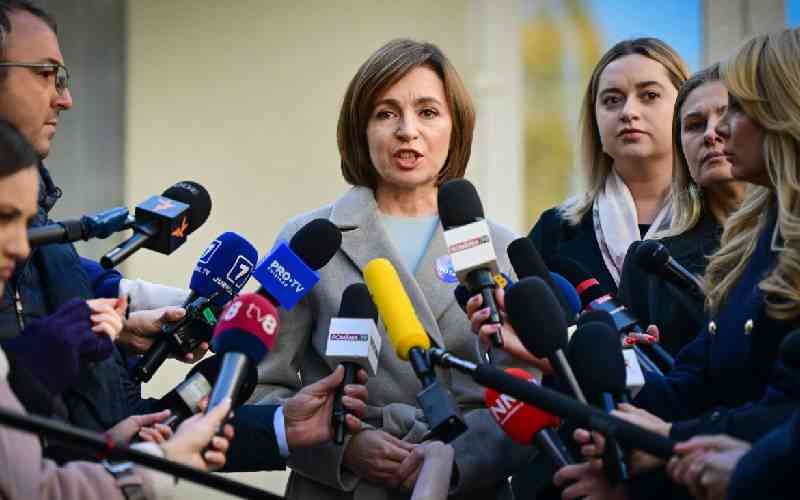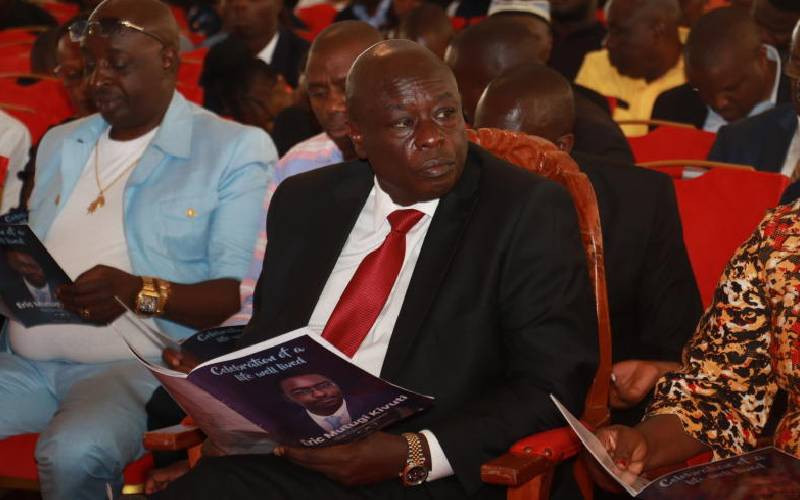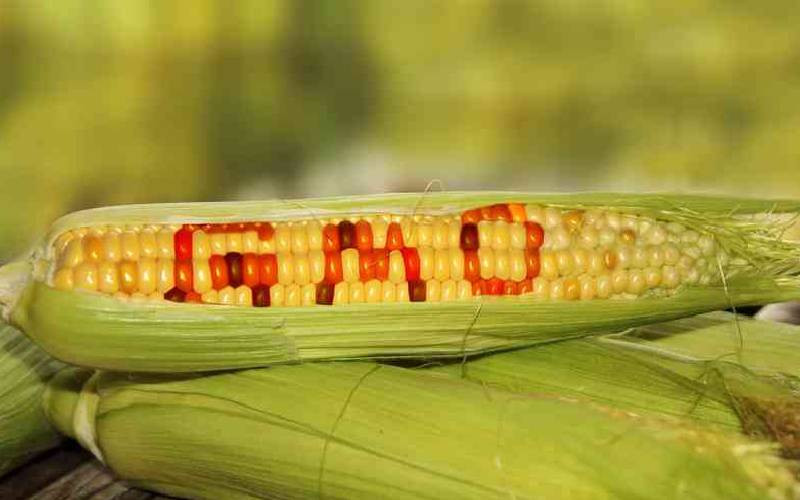The world has witnessed a surge in wildlife crime in recent years. Shocking images have become sadly familiar: rhinos bleeding to death after being shot for their horns, sharks hunted for their fins, birds and reptiles smuggled across borders and kept in appalling conditions.
The news that Kenya plans to burn hundreds of tonnes of ivory in April, as part of its anti-poaching efforts, is very welcome. Cracking down on this criminal activity worldwide requires a stronger partnership between source, transit and receiver countries and between regional organisations.
This is why the European Commission has launched an EU Action Plan against Wildlife Trafficking. It’s an ambitious blueprint to fight wildlife crime. We will fight to reduce the trafficked wildlife that enters the EU. And we will fight to dismantle the global criminal networks that profit from wildlife trafficking.
The plan has three main strands – greater enforcement, better cooperation and more effective prevention. Wildlife trafficking has become one of the world’s most profitable organised criminal activities, thought to be worth between EUR 8 and EUR 20 billion every year.
Recent years have seen a sharp rise in global demand for these products, and the scale of trafficking has become such that it now threatens the survival of some of Earth’s most iconic species. Under the plan, improved cooperation between agencies will make checks and enforcement in cross-border cases more effective.
Two EU agencies, Europol and Eurojust, will play a major role, facilitating cooperation with joint threat assessments between Member States, investigation teams, and regular joint operations.
EU airports are used as transit points for trafficked material such as ivory or rhino horns. Ivory has been smuggled in wooden clocks en route to Asia buyers. Pangolin scales have been seized in France in transit from Nigeria to Laos. Dead seahorses have been found in parcels at airports in Germany, in transit from Peru to Hong Kong.
These examples illustrate the global scale of the problem. We also need to tackle areas where the EU is the source. Endangered eels are smuggled at huge prices from Europe to Asia.
There are networks in Europe that specialise in trafficking live birds. In line with the EU Agenda on Security, the Commission will carry out an assessment of EU law on environmental crime, including wildlife crime, to see if it is fit for purpose.
We will work together with specialists on organised crime, cybercrime and money laundering. We will also monitor the implementation of EU rules on the importation of hunting trophies.
They must be of legal and sustainable origin. We will engage with business sectors that are active in wildlife trade, use wildlife products, or provide services to the trade.
The impact of wildlife trafficking on biodiversity is devastating, but the problem has yet wider effects. Wildlife trafficking also breeds corruption, claims human victims, and deprives communities in poorer countries of much-needed income.
It threatens security in Central Africa, where militia and terrorist groups partly fund their activities through wildlife trafficking. It is all the more attractive for criminals as the risk of detection is low, and penalties are often insignificant.
There have been previous efforts to address the issue. The Convention on International Trade in Endangered Species of Wild Fauna and Flora (CITES) is an indispensable component. But we need more.
Although existing international and EU rules on wildlife trade seem adequate on paper, there are significant differences in how the EU Member States implement and enforce these shared rules.
Stay informed. Subscribe to our newsletter
This has major implications, as organised criminals exploit loopholes in different Members States and alter their trade routes accordingly.
There are some good precedents.
One example was Operation COBRA III, conducted in two phases between March and May in 2015, with the participation of law enforcement teams and agencies from 62 countries in Europe, Africa, Asia and America.
Europol supported the European operation by coordinating the activities of police, customs, forestry and other law enforcement authorities from 25 participating EU Member States.
The end result saw seizures in Europe of 11 439 specimens, living and dead, almost 2000 parts and products, and more than 6 tonnes of timber, plants and animal parts.
The EU will use all of our diplomatic, trade and development cooperation tools to the full to keep the issue on the global agenda.
We will maintain political commitment in international agreements and fora. The September 2016 CITES Conference of the Parties in Johannesburg will be a big opportunity to build on our Action Plan.
As part of this development cooperation, Europe has provided more than EUR 500 million for wildlife conservation in Africa over the past 30 years, with on-going projects worth approximately EUR 160 million.
The Action Plan will put a special focus on the links between wildlife trafficking and security that exist in some regions.
It’s not too late to preserve the future of these irreplaceable species. Let’s fight these crimes together and preserve the world’s wildlife for future generations.
 The Standard Group Plc is a
multi-media organization with investments in media platforms spanning newspaper
print operations, television, radio broadcasting, digital and online services. The
Standard Group is recognized as a leading multi-media house in Kenya with a key
influence in matters of national and international interest.
The Standard Group Plc is a
multi-media organization with investments in media platforms spanning newspaper
print operations, television, radio broadcasting, digital and online services. The
Standard Group is recognized as a leading multi-media house in Kenya with a key
influence in matters of national and international interest.
 The Standard Group Plc is a
multi-media organization with investments in media platforms spanning newspaper
print operations, television, radio broadcasting, digital and online services. The
Standard Group is recognized as a leading multi-media house in Kenya with a key
influence in matters of national and international interest.
The Standard Group Plc is a
multi-media organization with investments in media platforms spanning newspaper
print operations, television, radio broadcasting, digital and online services. The
Standard Group is recognized as a leading multi-media house in Kenya with a key
influence in matters of national and international interest.









